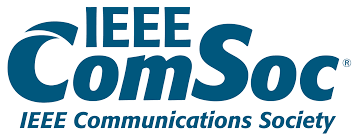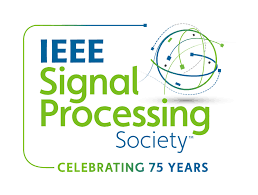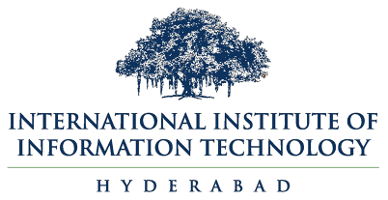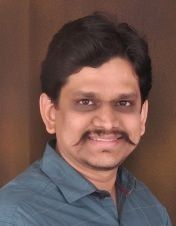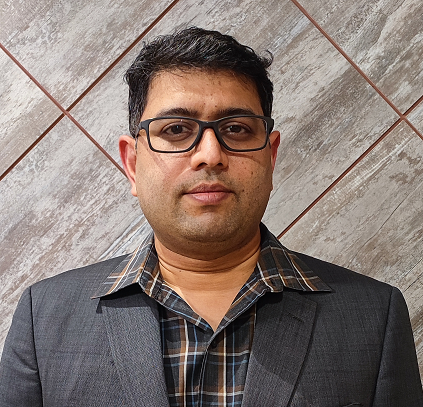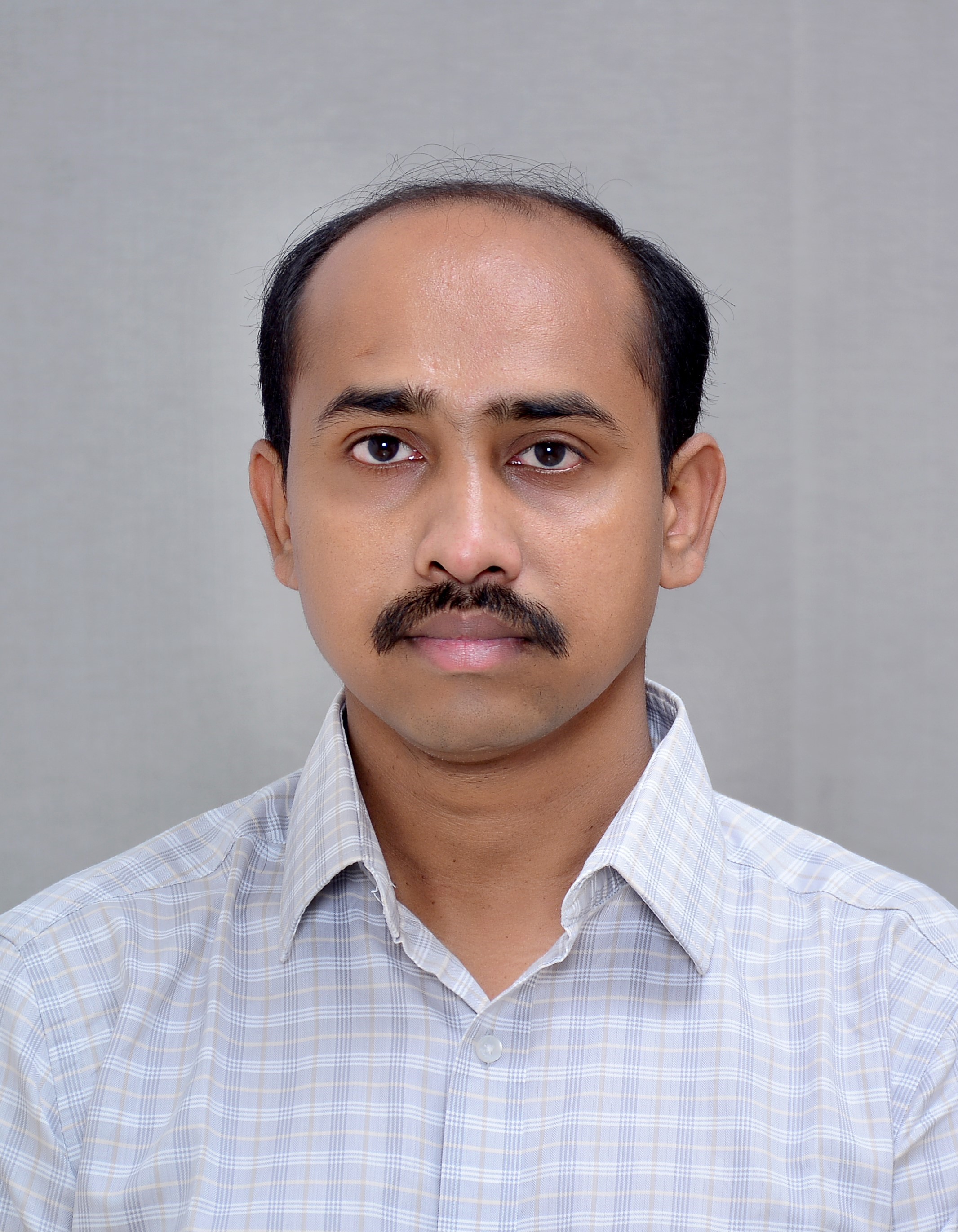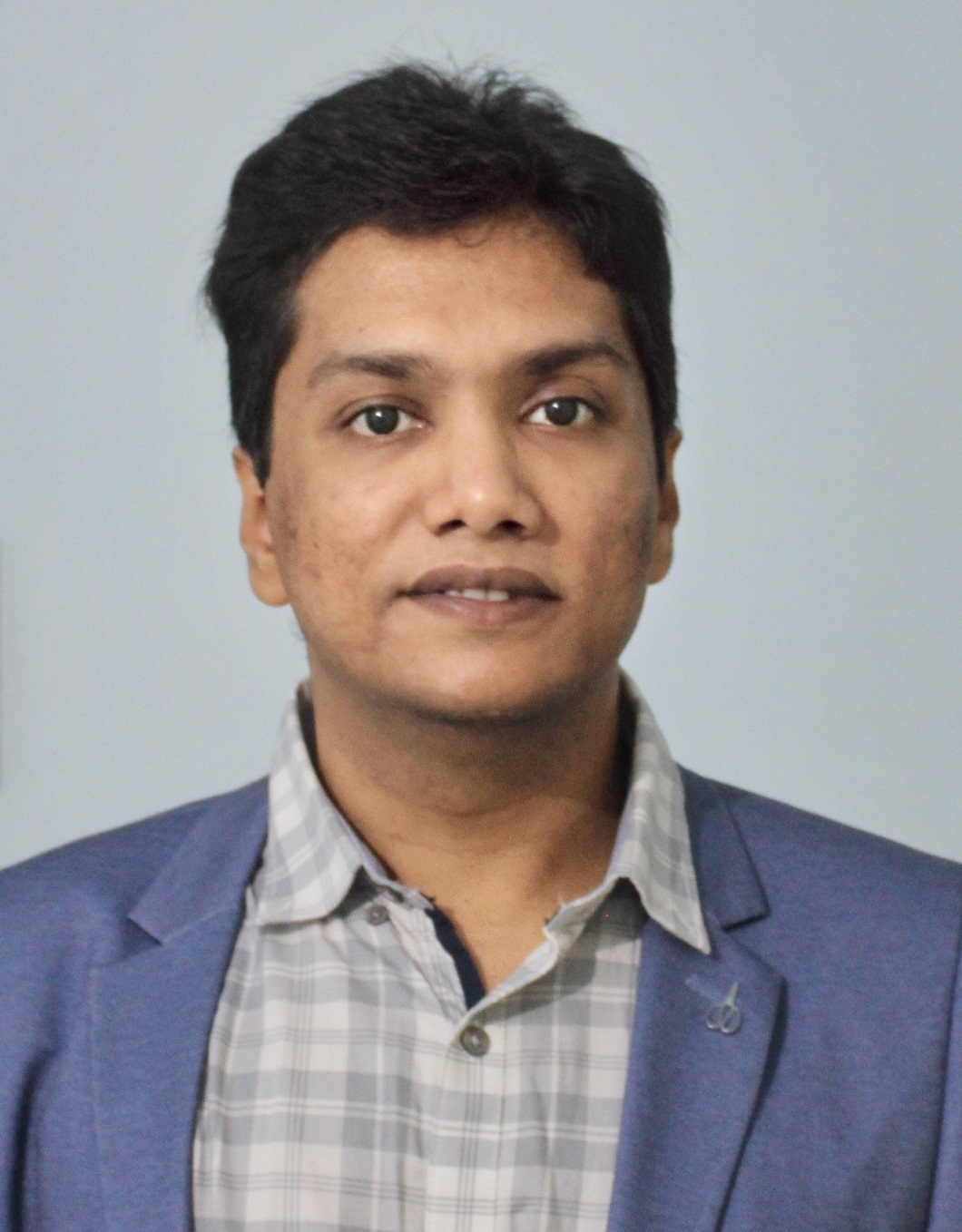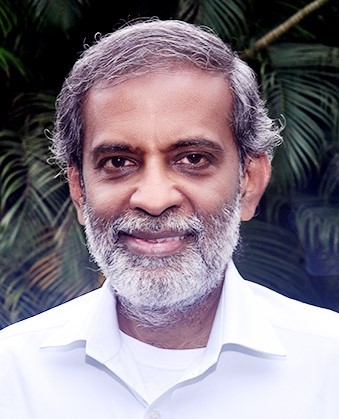
Title: New waveforms for Communication and Radar Sensing in 6G and Beyond
Bio: A. Chockalingam received the B.E. (Honors) degree in ECE from P. S. G. College of Technology, Coimbatore in 1984 and the M. Tech degree in E & ECE from IIT, Kharagpur in 1985. From 1986 to 1993, he was with the Satcom Lab, Transmission R & D Division, Indian Telephone Industries, Bangalore. In 1993, he obtained the Ph.D. degree in ECE from IISc, Bangalore. From 1993 to 1996, he was a postdoctoral fellow and an assistant project scientist in the Department of ECE, University of California San Diego. From 1996 to 1998, he was with Qualcomm, San Diego, as a Staff Engineer/Manager. Since 1998, he has been a faculty in the Department of ECE, IISc, where he is a professor working in the area of wireless communications.
Abstract: 6G presents an opportunity to reflect on the fundamentals of wireless communication, as it becomes more and more difficult to estimate channels in high-mobility/high-Doppler environments when information signaling and signal processing are carried out in the traditional time-frequency (TF) domain. Also, the convergence of communication and radar sensing in 6G and beyond (inspired by the developments in intelligent transportation systems) has focused research attention on the design of waveforms that support both communication as well as sensing. This talk will focus on such new waveforms for 6G and beyond, with an emphasis on orthogonal time frequency space (OTFS) waveform, which is emerging as a promising waveform for this purpose.
Information signaling and signal processing in OTFS are carried out in the delay-Doppler (DD) domain because of which OTFS outperforms traditional TF domain based multicarrier waveforms popularly used in the previous generations. A basic function in OTFS signaling is DD domain-to-time domain transformation at the transmitter and vice versa at the receiver. Last five years of OTFS research has focused on an approach where the above transformation is carried out in two steps, viz., DD domain-to-TF domain conversion using inverse symplectic finite Fourier transform (ISFFT) followed by TF domain-to-time domain conversion using Heisenberg transform, and corresponding inverse transforms at the receiver. We call this scheme OTFS 1.0. Alternately, this transformation can be carried out in a single step, viz., DD domain-to-time domain conversion using inverse Zak transform at the transmitter and time domain-to-DD domain conversion using Zak transform at the receiver. We call this scheme OTFS 2.0 (a.k.a. Zak-OTFS).
This talk will dwell on what and why of OTFS 2.0. Briefly put, OTFS 2.0 a) provides a formal mathematical framework (Zak theory) that explains why OTFS works well, b) is more robust to large channel spreads compared to OTFS 1.0, and c) has a lower complexity compared to OTFS 1.0. Research in OTFS 2.0 is wide open and we expect the next five years of OTFS research to be centered around OTFS 2.0, leading to its possible adoption in 6G standard

